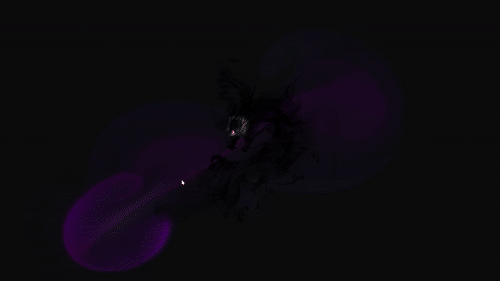This is a non trivial problem: There has to be a good reason there is no interactive wallpaper in existence for mac.
An interactive wallpaper differs from a live wallpaper, in that an interactive wallpaper is non-static.
But pictures have always spoken louder than words, so here’s an example of the difference:


Interactive Wallpapers are much cooler.
Here’s the objectives for this project:
- Figure out a way to setup interactive wallpapers
- Ensure minimal overhead
- Figure out the best way to send it out into the world.
Hey there! I know solutions of OverTheWire’s bandit are already out there, but I was planning to do all of the other series I could find in my free time, and figured that I could do that bandit walkthrough while I’m at it to become a recommendable starting point for beginners.
Before you check my walkthrough for solutions, I recommend spending at least 20 minutes without the solution to try and solve it yourself.
Then, without much ado, let’s get started!
In this series, I’ll be looking into the internal workings of gRPC, and using it for a project.
Here’s what I want to answer next time:
- What is gRPC?
- When should I consider using gRPC?
- What are the benefits, and what are the cons?
- How does it fit into a microservices architechture?
There’s so much hype around rust, and it’s adoption rates are crazy.
Besides - Memory safety? Python is techincially memory safe, and so is Go. As long as you’re not working with C/C++ isn’t it all memory safe?
Generally speaking, here’s what the internet tells you:
Rust makes it difficult for you to do things wrong.
Here’s what I want to know:
- how much tougher is it to mess things up with rust?
- How much additonal effort does it require?
- Is it worth it?
- Is rust more secure?
In this series, I’ll be exploring Rust and building a http server - not by abstracting everything away, but doing it myself. After I do so, I’ll compare how things worked in Rust, and how they would with any other language.


